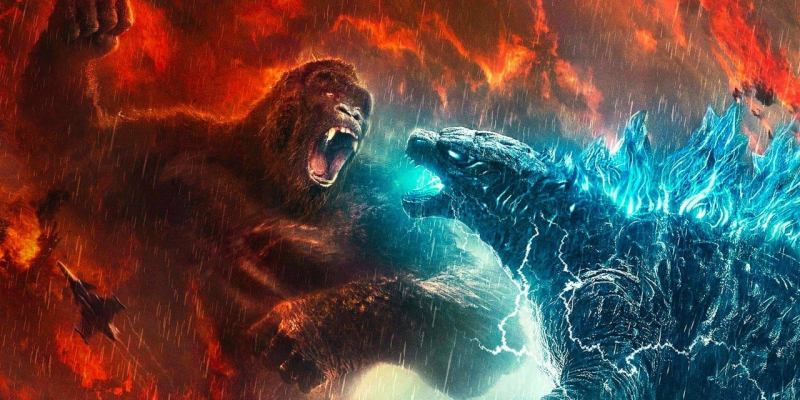Since the introduction of the “MonsterVerse,” there has been a surge in the popularity of monsters with mainstream audiences. With this surge, many old stories of Kaiju have been rediscovered, and many more new stories are being told.
In 1954, a film was released by Eiji Tsuburaya and Ishirō Honda. This film was called Godzilla, and its impact has been felt for almost 70 years. These two men created Godzilla, and within the birth of this atomic powerhouse was the term “Kaiju.”
Kaiju are defined as strange beasts as well as the genre those beasts inhabit. Godzilla himself was a reaction to the atomic weapons that devastated Japan during WWII. In fact, there’s an argument to state that Kaiju has been around for 90 years since King Kong has been retroactively adopted into the family.
He’s King Around These Parts
Since their inception, Godzilla and his sisters and brothers have had many adventures. There has never been a lull within this subgenre. Each decade can pick out a moment, a film, or a series and say, “That’s mine.” For me, my moment is something somewhat shameful. My first introduction to the Kaiju subgenre was Roland Emmerich’s Godzilla when I was 10 years old. Nicknamed “Zilla” for its diminutive size and power, Emmerich’s version of the King of Monsters has been rightfully derided, but I’ll always have a soft spot for him and his child, whom I watched on the small screen in the 1998 animated series of the same name.
It would be 16 years before I would see a cinematic Godzilla once again, and when Godzilla returned, he returned in a big, bad way in 2014. He brought with him a fascinating new design, some of his besties, and a new universe for Western audiences to fall in love with.
Related: Why Is Godzilla Pink in the New Empire Trailer?
Before Godzilla returned, though, the legendary director Guillermo del Toro teed up this decade of destruction with his love letter to the genre Pacific Rim. It was a throwback to the memorable moments of characters like Ultraman and his enemies. This added another layer to the rich tapestry of the subgenre.
Let Them Fight
Kaiju and the worlds that each of them inhabit are filled with imagination. They’re wild and usually led by an insane cast of characters, whether they’re meant to be or not. In the last decade alone, the West has seen a menagerie of new monstrous stories be told. Godzilla and Kong have been given multiple new stories. One of my favorite new stories was 2016’s Shin Godzilla. This was the return of the truly monstrous King of the Monsters. I’d never seen this version of the legendary figure and was transfixed by the devilry of this iteration of the famous Kaiju.
Over the years, Netflix has also treated audiences to a whole host of Kaiju stories, from Ultraman and Godzilla to King Kong and the much-adored Gamera. They’ve also added even more Kaiju adventures to the mix.
If there have been any unsuccessful avenues, they would be found in the video game entries. They’re usually unimaginative brawlers. Though there are exceptions, they are few and far between – I’m looking at you, Shadow of the Colossus. The latest failure that comes to mind is Skull Island: Rise of Kong, which has garnered incredible infamy for its horrendous graphics and bad gameplay.
However, one of the greatest triumphs for the Kaiju genre came out not long after that game in the form of Godzilla Minus One, a film I believe no one saw coming but has blown away all expectations. From a stellar cast to a story that resonates emotionally with audiences, it has everything.
Kaiju is perhaps one of the greatest subgenres. These big brutes can be a part of so many kinds of stories, ranging from big blockbusters to horrors and comedies. There is nothing that these bombastic behemoths can’t do. If you haven’t had the opportunity to check out any of these films or series, I can’t recommend them enough.
